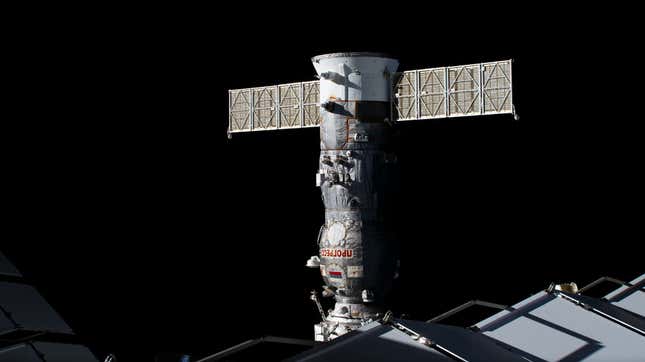
Each now and again, the ISS requires a lift to counteract orbital decay and preserve its altitude. Whereas the ISS is supplied with its personal thrusters, they aren’t adequate for main reboosts because of restricted gasoline capability, decrease energy, and the necessity to protect onboard sources for different crucial operations (like orientation management and house junk avoidance). So as a substitute, docked spacecraft are used to supply these exterior boosts. These spacecraft, particularly designed for such duties, deliver their very own gasoline, minimizing the pressure on ISS sources, and have extra highly effective engines for enabling these substantial orbital changes.
All this mentioned, Russia’s Progress is presently the one spacecraft formally sanctioned for this process, because of its confirmed functionality and compatibility with the ISS. Whereas different spacecraft like Northrop Grumman’s Cygnus and Russia’s Zvezda could be adapted for reboost duties, they aren’t sanctioned for this goal and would require further measures, equivalent to Progress having to gasoline Zvezda for the duty. NASA doesn’t love this case, which is why it has carried out reboost checks with Cygnus.
Trending Merchandise

Cooler Master MasterBox Q300L Micro-ATX Tower with Magnetic Design Dust Filter, Transparent Acrylic Side Panel, Adjustable I/O & Fully Ventilated Airflow, Black (MCB-Q300L-KANN-S00)

ASUS TUF Gaming GT301 ZAKU II Edition ATX mid-Tower Compact case with Tempered Glass Side Panel, Honeycomb Front Panel, 120mm Aura Addressable RGB Fan, Headphone Hanger,360mm Radiator, Gundam Edition

ASUS TUF Gaming GT501 Mid-Tower Computer Case for up to EATX Motherboards with USB 3.0 Front Panel Cases GT501/GRY/WITH Handle

be quiet! Pure Base 500DX ATX Mid Tower PC case | ARGB | 3 Pre-Installed Pure Wings 2 Fans | Tempered Glass Window | Black | BGW37

ASUS ROG Strix Helios GX601 White Edition RGB Mid-Tower Computer Case for ATX/EATX Motherboards with tempered glass, aluminum frame, GPU braces, 420mm radiator support and Aura Sync










